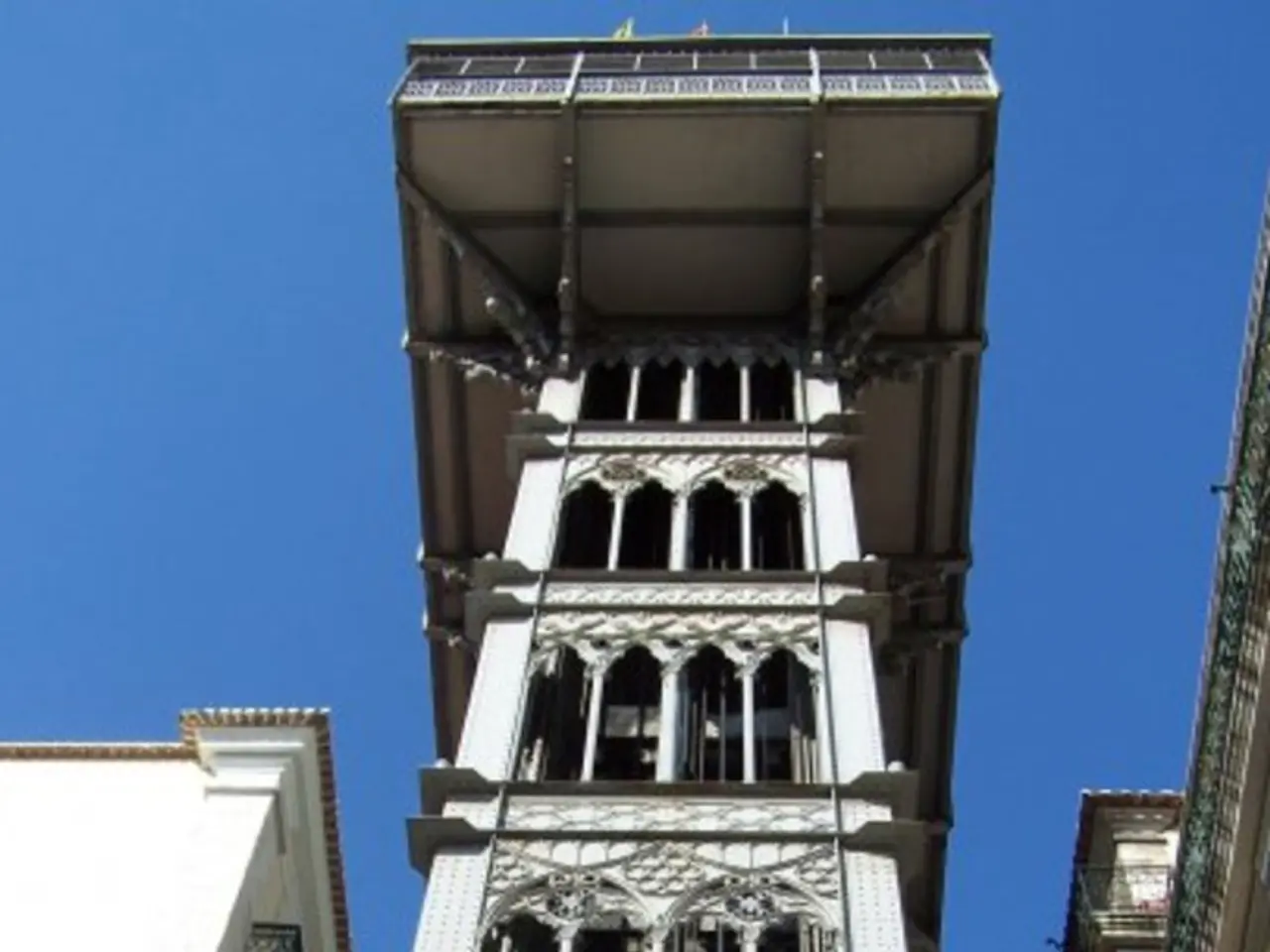Threats of Reigniting Ma-anshan Power Station Operations
In the picturesque Pingtung County, Taiwan, the Ma-anshan Nuclear Power Plant has been assessed for seismic hazard using US Senior Seismic Hazard Analysis Committee (SSHAC) methodologies. However, recent concerns have been raised about its safety, particularly by Pegatron CEO Tung Tzu-hsien.
Tung has expressed worry over the seismic risk data of the Ma-anshan Nuclear Power Plant, fearing that extending its operating license could trigger a severe earthquake. Such an event could potentially lead to radiation leaks, posing a threat to companies situated in the Southern Taiwan Science Park.
This concern stems from the potential peak ground acceleration (PGA) in a potential earthquake at the Ma-anshan plant, which could reach 1.384g, significantly exceeding its designed limit of 0.4g. In contrast, the Jinshan Nuclear Power Plant in New Taipei City's Shihmen District has a PGA of 0.698g.
Comparatively, the Diablo Canyon plant in California, the only US nuclear facility near a fault line, was designed to withstand a PGA of 0.75g, while the San Onofre plant was designed for 0.67g. Interestingly, the Palisades plant in Michigan, set to be the first US nuclear power facility to restart operations after decommissioning, has a new PGA of only 0.488g.
The concerns over the Ma-anshan plant are not isolated. Tokyo implemented new regulatory requirements for commercial power reactors in July 2013, prohibiting the construction of nuclear reactors and other critical facilities on land near active faults. The Japanese Nuclear Regulation Authority even denied a request to restart the second reactor at the Tsuruga Nuclear Power Plant due to the risks of an "active" fault.
The new regulatory requirements expanded the definition of "active" faults, requiring geological records to be examined going as far back as 400,000 years when there is uncertainty. This could potentially affect the Ma-anshan plant's licensing, as some fault lines in Taiwan, currently considered inactive under current standards, could be reclassified as active under Japan's new standards.
The geological environment of the Ma-anshan plant is already one of the worst among all nuclear power plants worldwide. Wood Fire Yang, the director-general of the Association for the Demolition of the Fourth Nuclear Power Plant, has been advocating for its closure due to these concerns.
In a recent development, the Humboldt Bay plant, another US nuclear facility near a fault line, was fully decommissioned in 2021. The US Nuclear Regulatory Commission conducted the seismic hazard assessment of the Diablo Canyon plant using SSHAC Level 3, indicating a commitment to ensuring safety standards.
As the debate over the Ma-anshan Nuclear Power Plant continues, it serves as a reminder of the importance of rigorous seismic assessments and safety measures in the operation of nuclear facilities.
Read also:
- Understanding Hemorrhagic Gastroenteritis: Key Facts
- Stopping Osteoporosis Treatment: Timeline Considerations
- Tobacco industry's suggested changes on a legislative modification are disregarded by health journalists
- Expanded Community Health Involvement by CK Birla Hospitals, Jaipur, Maintained Through Consistent Outreach Programs Across Rajasthan








